The Colors and Patterns of Sepedi Traditional Attire
The Colors and Patterns of Sepedi Traditional Attire
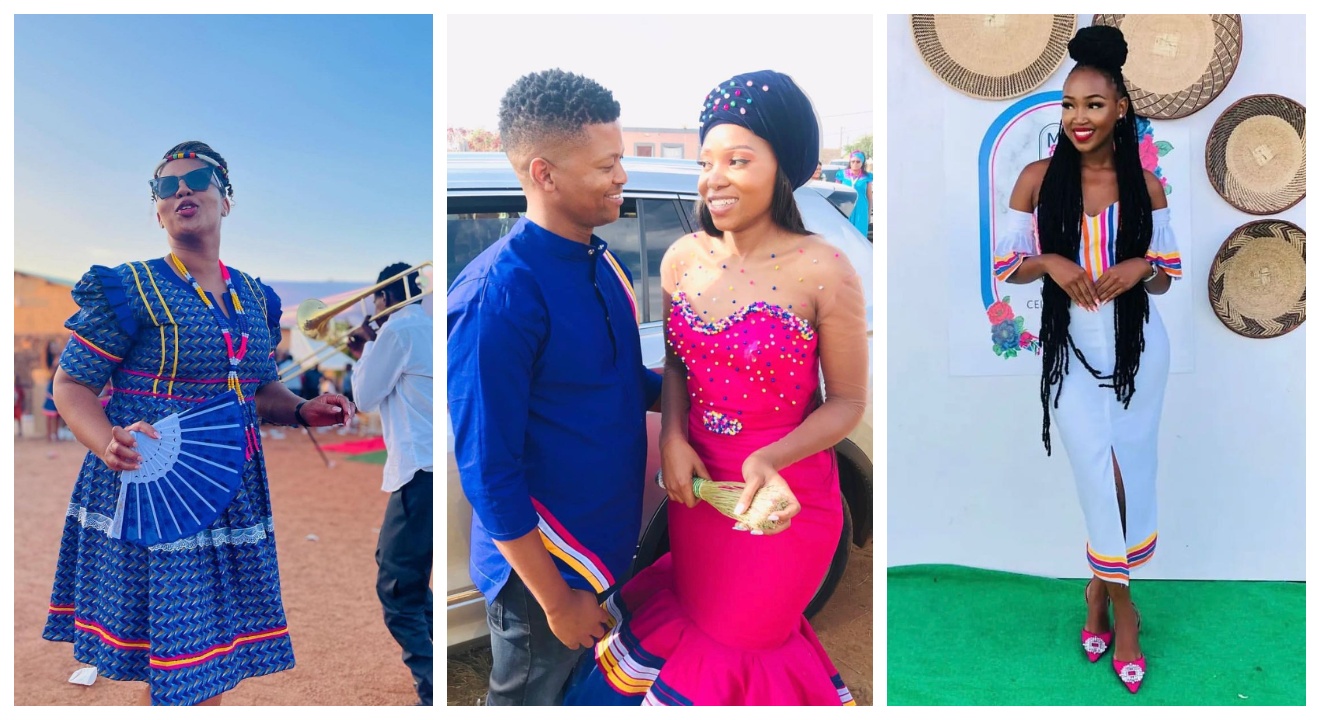
Introduction to Sepedi Traditional Attire
When it comes to traditional attire, the Sepedi culture showcases a vibrant and rich display of colors and patterns. From the intricate beadwork to the bold and vibrant fabrics, each piece of clothing in Sepedi culture tells a story.
Overview of Sepedi culture and traditional clothing
In Sepedi culture, traditional attire is a significant part of their identity and heritage. The clothing is not only a reflection of their history but also a way to express their cultural pride.
Colors play a crucial role in Sepedi traditional attire. Bright and bold shades such as red, yellow, green, and blue are commonly used. These colors symbolize different elements of their culture, such as fertility, prosperity, and spirituality.
Patterns in Sepedi traditional attire are equally important. Geometric shapes, zigzags, and intricate designs are often incorporated into the fabrics. Each pattern has its meaning, telling stories of the wearer’s ancestry or celebrating important life events.
Sepedi traditional attire is typically worn during special occasions like weddings, initiation ceremonies, or cultural festivals. It is a way for people to come together and celebrate their shared heritage while honoring their ancestors.
In conclusion, Sepedi traditional attire is a beautiful representation of the rich cultural heritage and traditions of the Sepedi people. The vibrant colors and intricate patterns serve as a reminder of their history and create a sense of pride in their identity.

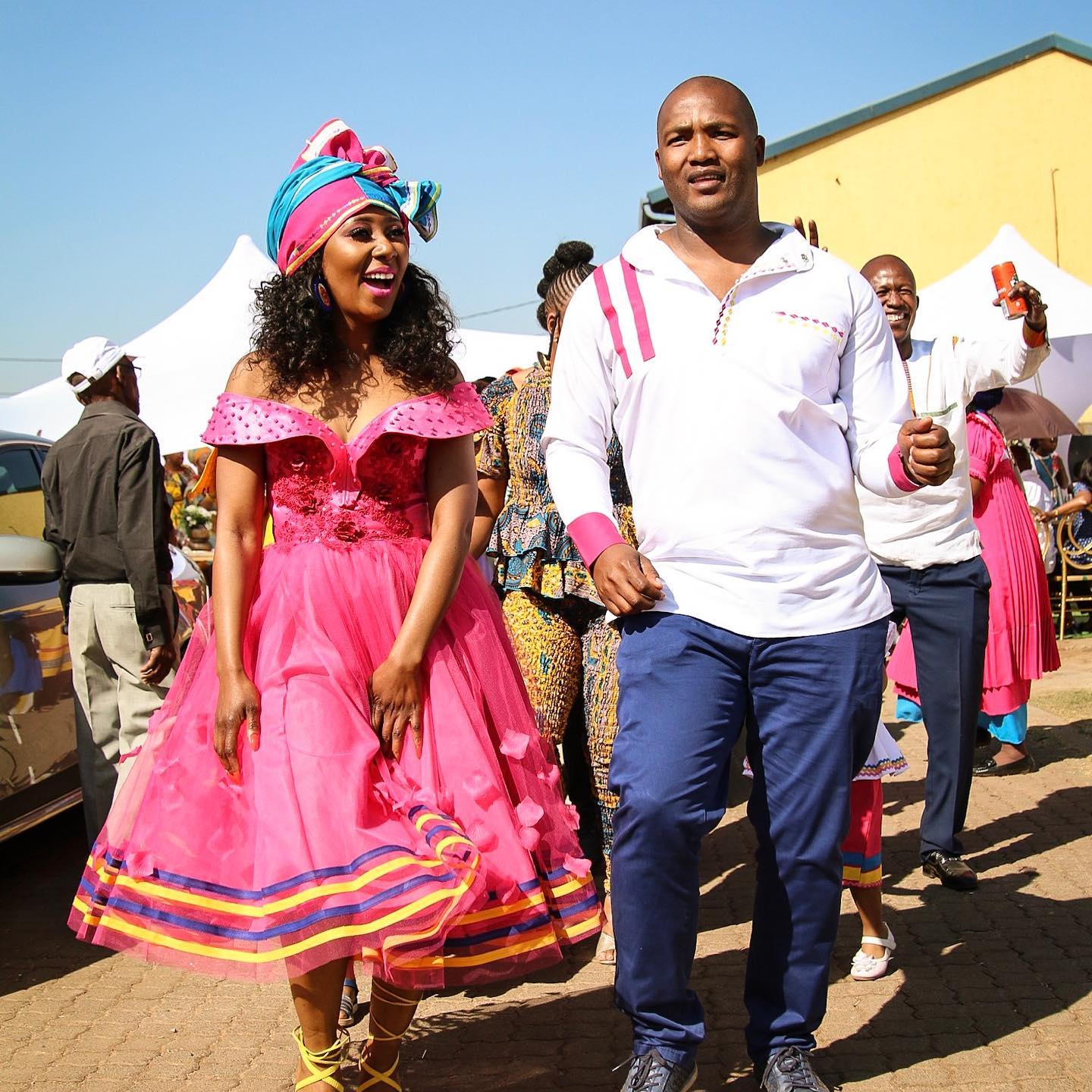
The Significance of Colors in Sepedi Traditional Attire
Meanings and symbolism of different colors used in Sepedi clothing
Sepedi traditional attire is celebrated for its vibrant colors and intricate patterns, which hold deep cultural significance. Each color used in Sepedi clothing conveys a specific meaning and symbolism, reflecting the rich heritage and traditions of the Sepedi people.
- Yellow: Symbolizing warmth, love, and happiness, yellow is often used in Sepedi attire to represent joyous occasions such as weddings or celebrations.
- Red: Signifying passion and vitality, red is a prevalent color in Sepedi clothing. It represents love, strength, and the vitality of life.
- Blue: Blue is associated with tranquility, spirituality, and harmony. It represents loyalty and integrity, often seen in ceremonial garments worn during religious events.
- Green: Reflecting nature and growth, green symbolizes fertility and abundance. It represents prosperity and the hope for a flourishing future.
- White: A color of purity and spirituality, white is frequently used as a base color in Sepedi attire. It represents new beginnings, innocence, and spiritual cleansing.
Patterns on Sepedi traditional attire also have specific meanings:
- Triangles: Representing the unity of body, mind, and spirit.
- Diamonds: Symbolizing protection and warding off evil spirits.
- Zigzags: Reflecting energy and vitality.
- Circles: Illustrating the never-ending cycle of life.
The colors and patterns of Sepedi traditional attire play an integral role in preserving the cultural heritage of the Sepedi people. They evoke a sense of pride, identity, and connection to their roots while captivating the eyes of those who appreciate their beauty.
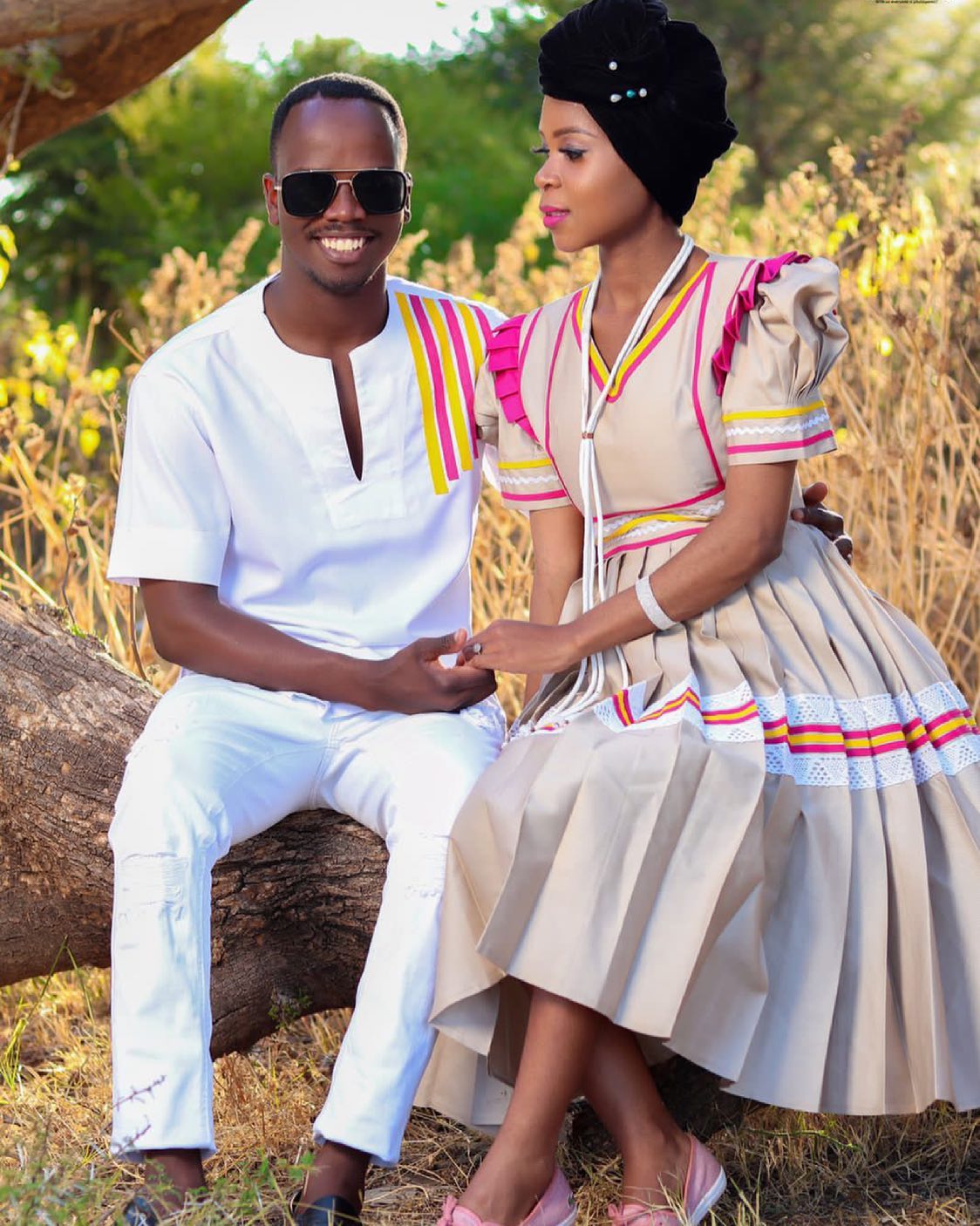

Traditional Patterns in Sepedi Attire
Exploration of various patterns and designs found in Sepedi traditional clothing
Sepedi traditional attire is known for its vibrant colors and intricate patterns that reflect the rich heritage and cultural significance of the Sepedi people. From geometric shapes to nature-inspired motifs, these patterns play a crucial role in preserving the identity and history of the community.
One popular pattern found in Sepedi attire is the “Kotina” design, characterized by its bold and symmetrical shapes. Typically adorned with bright colors such as red, blue, and yellow, this pattern symbolizes joy, strength, and prosperity.
Another common pattern is the “Sebone,” which features intricate beadwork and embroidery. This pattern is often used on traditional accessories like necklaces, bracelets, and headpieces, adding a touch of elegance and uniqueness to the overall attire.
The “Lelapa” pattern represents the interconnectedness of family and community. With its interlocking circles and lines, it signifies unity, love, and support within the Sepedi culture.
In addition to these patterns, animal prints are also widely incorporated into Sepedi attire. Prints like leopard spots or zebra stripes symbolize power, agility, and adaptability.
Overall, the colors and patterns found in Sepedi traditional attire showcase the cultural pride and heritage of the Sepedi people. They not only enhance the aesthetic appeal of the clothing but also serve as a reminder of their roots and traditions passed down through generations.
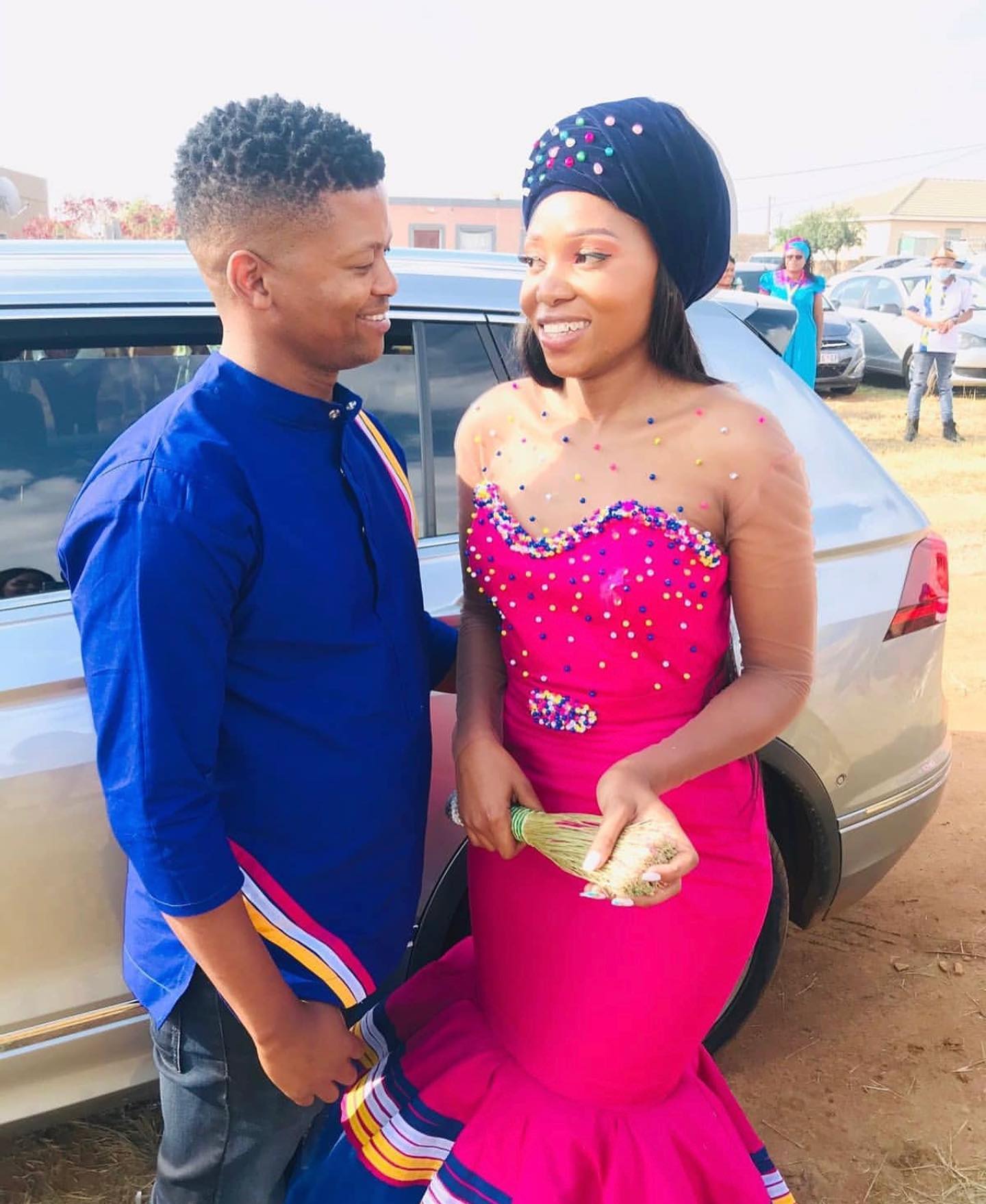
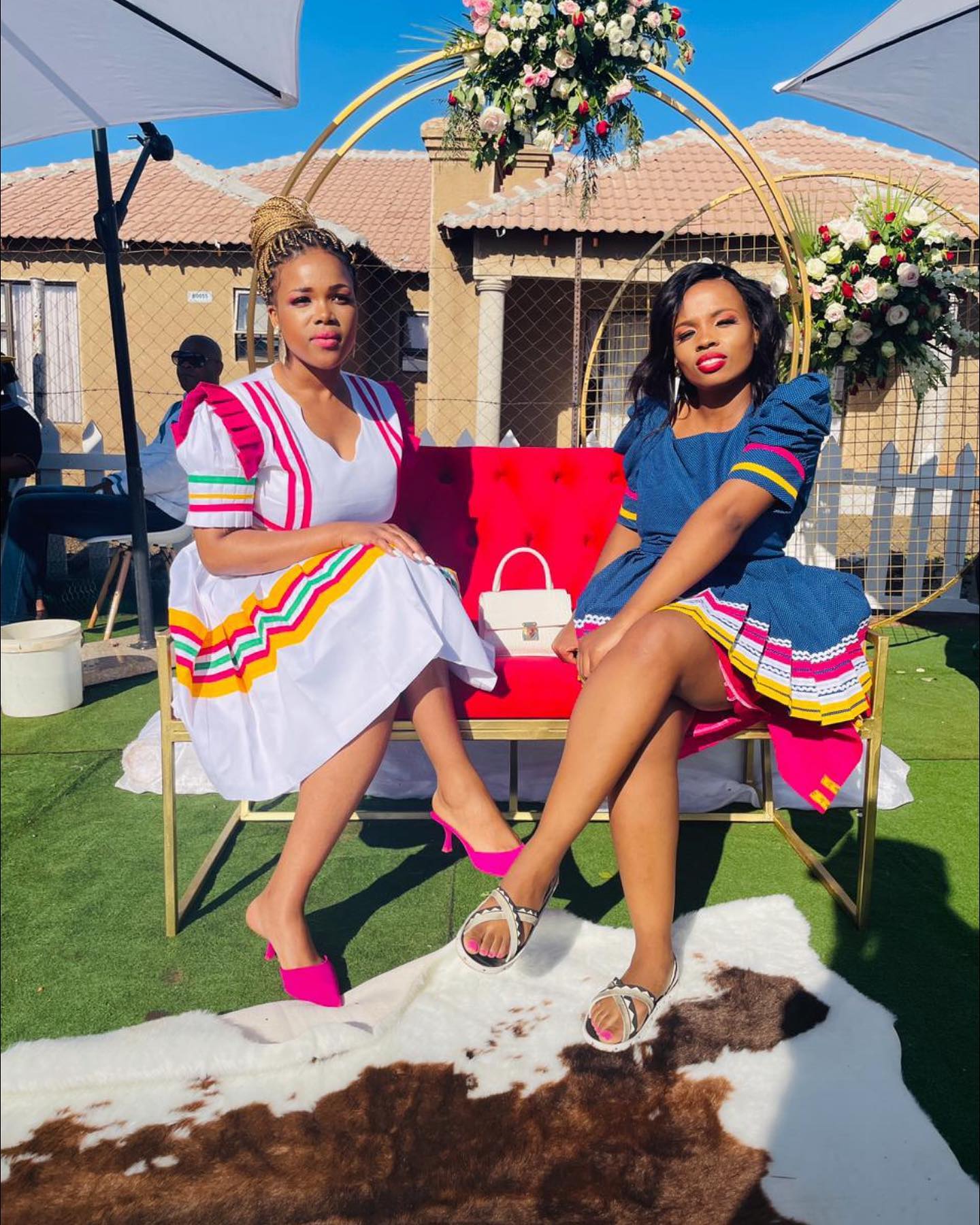
Traditional Attire for Women
Description and details of traditional clothing worn by Sepedi women
Sepedi traditional attire for women is known for its vibrant colors and intricate patterns. The clothing is made from various fabrics, including cotton, silk, and satin. The most common attire consists of a dress or skirt and a matching top, often adorned with beading or embroidery.
The colors used in Sepedi traditional attire are bold and rich, including vibrant hues of red, blue, green, yellow, and orange. These colors symbolize different aspects of Sepedi culture and carry deep meaning. They reflect the creativity and vibrancy of the Sepedi people.
The patterns on the attire are usually geometric or abstract designs. They are created using different techniques such as embroidery, hand-painting, or fabric appliqué. These patterns not only enhance the aesthetic appeal of the clothing but also represent cultural symbols and values.
Sepedi women take pride in their traditional attire and often wear it during special occasions such as weddings, cultural festivals, or family gatherings. The attire represents their cultural identity, heritage, and sense of belonging to the Sepedi community.
In recent years, there has been a resurgence of interest in Sepedi traditional attire, with designers incorporating modern elements into the designs. This fusion of tradition and contemporary fashion has made Sepedi clothing popular not only within the community but also among fashion enthusiasts looking for unique and culturally rich garments.
Whether worn with traditional accessories such as beaded necklaces or modern jewelry, Sepedi traditional attire celebrates the beauty and diversity of South African culture.
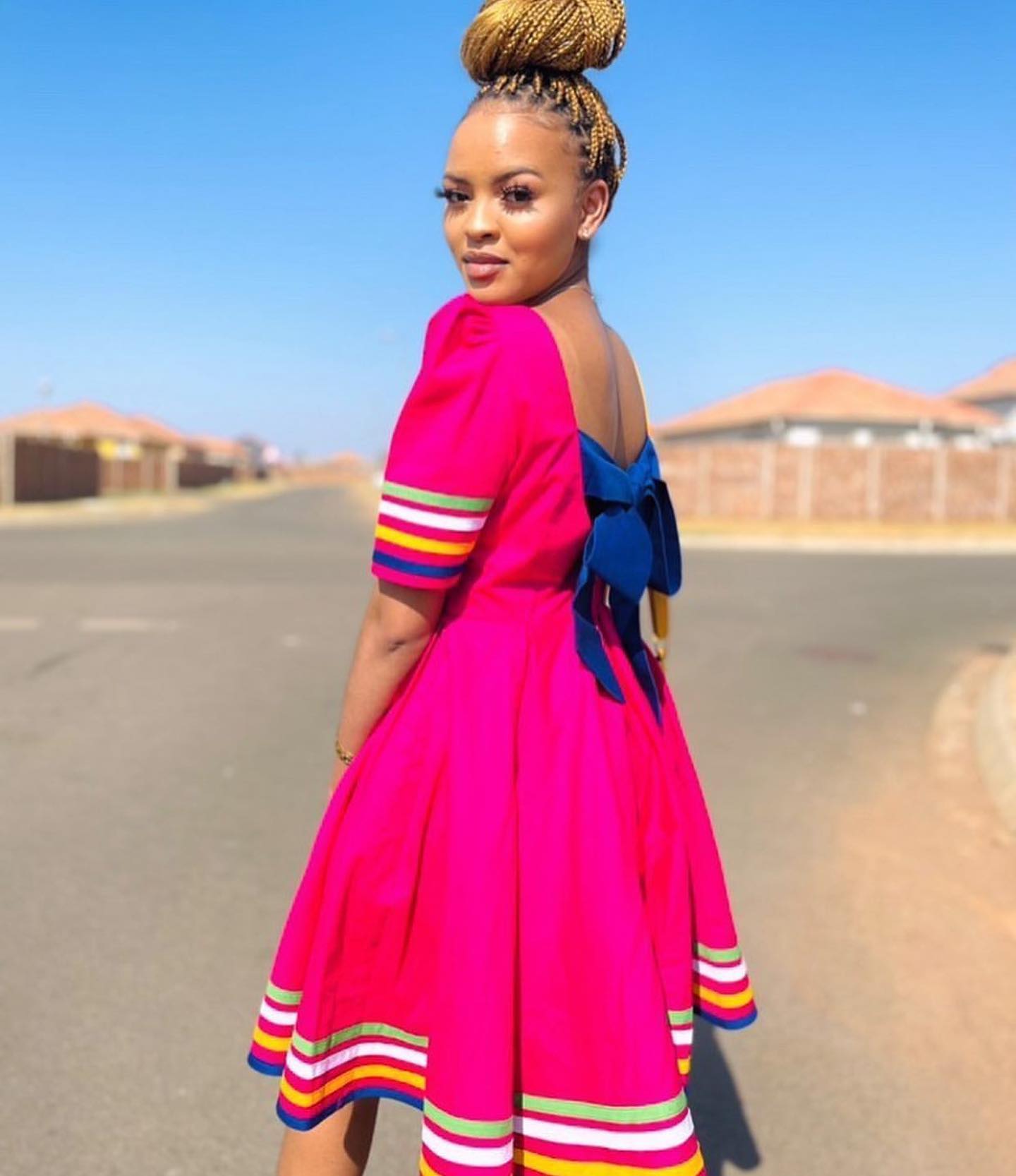
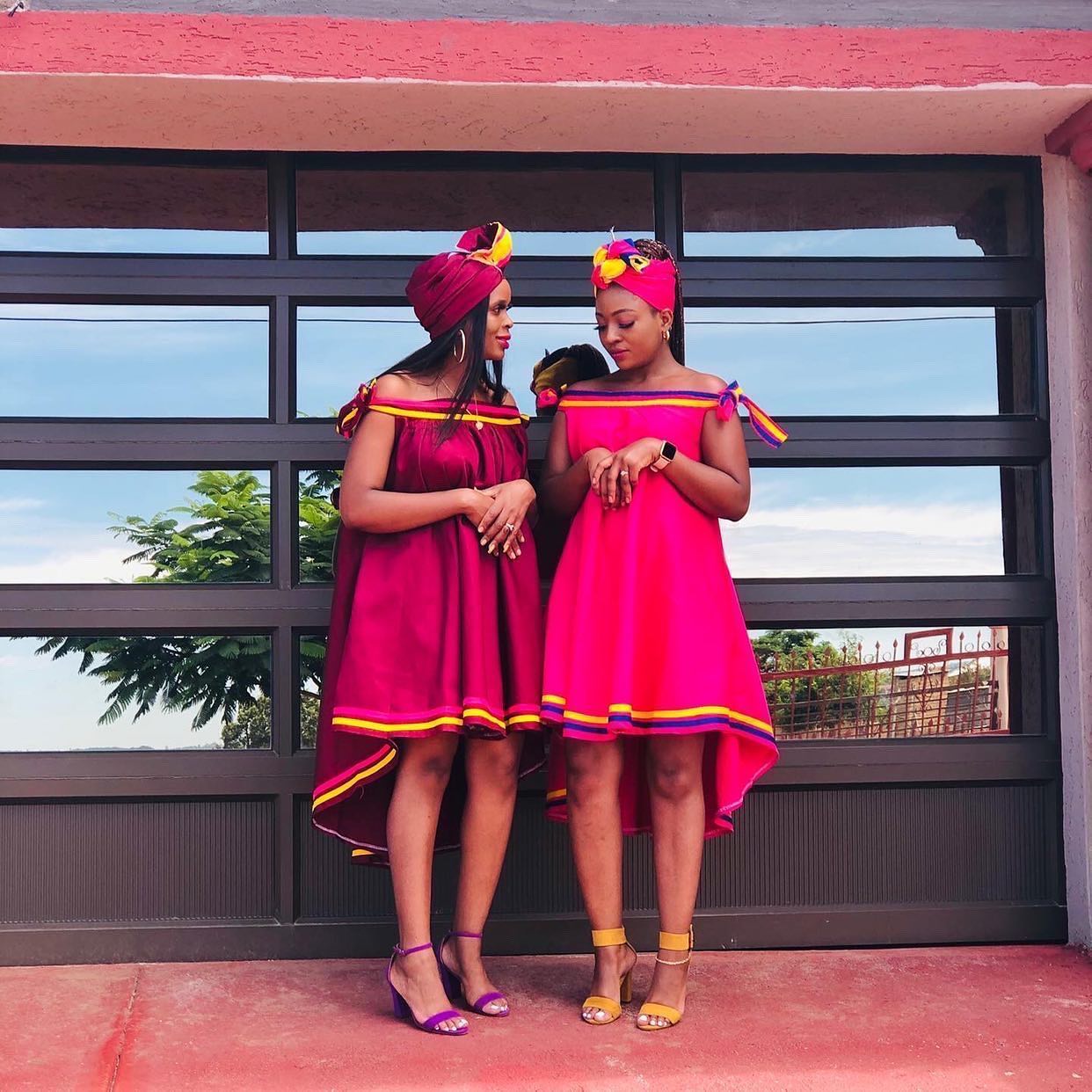
Traditional Attire for Men
Description and details of traditional clothing worn by Sepedi men
Sepedi traditional attire for men is known for its vibrant colors and intricate patterns. The traditional outfit consists of a shirt, pants or shorts, and a blanket draped over the shoulder. The shirts are often brightly colored with bold patterns, showcasing the rich cultural heritage of the Sepedi people.
The pants or shorts are typically made from colorful fabrics, reflecting the joyous spirit of the community. These garments are often adorned with intricate beadwork or embroidery, adding a touch of elegance to the outfit. The blanket, worn over the shoulder, serves both a practical purpose of keeping warm and as a symbol of pride and cultural identity.
The colors used in Sepedi traditional attire are vibrant and eye-catching. Red, yellow, green, and blue are commonly seen, representing different aspects of Sepedi culture, such as spirituality, prosperity, and harmony with nature. The patterns on the fabric range from geometric designs to nature-inspired motifs like flowers or animals.
Wearing Sepedi traditional attire allows men to connect with their roots, express their cultural identity, and showcase their sense of style. The bright colors and intricate patterns make these outfits stand out in any crowd, leaving a lasting impression on those who see them. Whether worn during special occasions or as everyday clothing, Sepedi traditional attire is a beautiful representation of tradition and heritage.
Accessories and Adornments in Sepedi Traditional Attire
Sepedi traditional attire is known for its vibrant colors and intricate patterns. The clothing is often made from richly colored fabrics adorned with beautiful beadwork, embroidery, and other decorative elements.
Explanation of the accessories and adornments that complement Sepedi traditional clothing
- Headwear: One prominent accessory in Sepedi traditional attire is the headpiece. It can be a turban-like wrap or a beaded crown, adding an elegant touch to the overall look.
- Jewelry: Jewelry plays a significant role in completing the ensemble. Necklaces, bracelets, and earrings made from beads, shells, or metals are commonly worn. They enhance the beauty of the outfit and symbolize cultural significance.
- Belts and sashes: Belts and sashes are often worn around the waist to add a pop of color and define the silhouette. They can be intricately beaded or embroidered to match or contrast with the attire.
- Footwear: Traditional Sepedi footwear includes beaded sandals or colorful leather shoes. These add a final touch of authenticity to the outfit.
- Patterns and colors: Sepedi traditional attire is characterized by vibrant colors such as red, blue, yellow, and green. The patterns often feature geometric shapes or intricate designs that reflect Sepedi culture and heritage.
The combination of these accessories and adornments creates a visually striking ensemble that celebrates Sepedi culture and traditions. Each element is carefully chosen to showcase individual style while honoring the rich history of the Sepedi people.
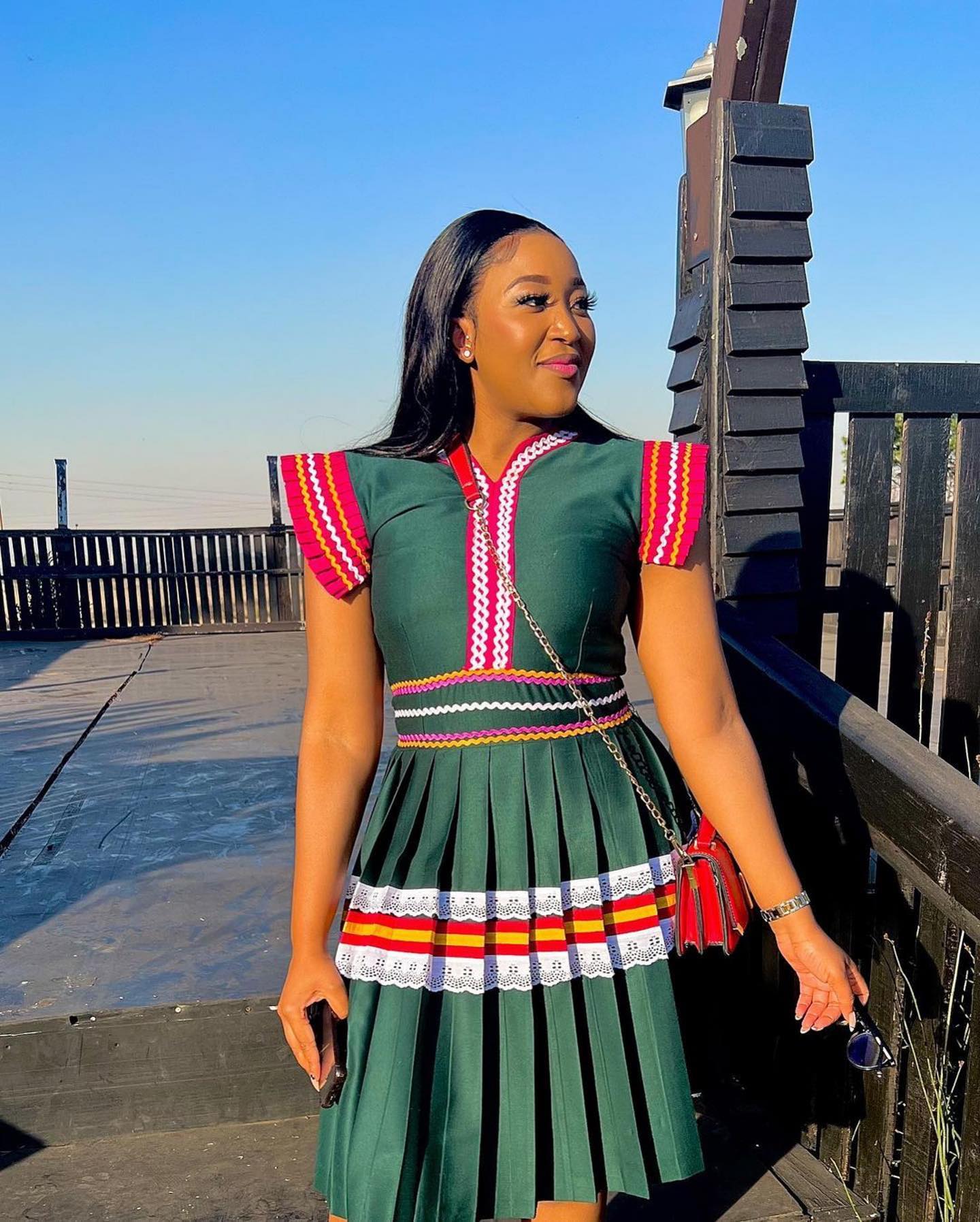
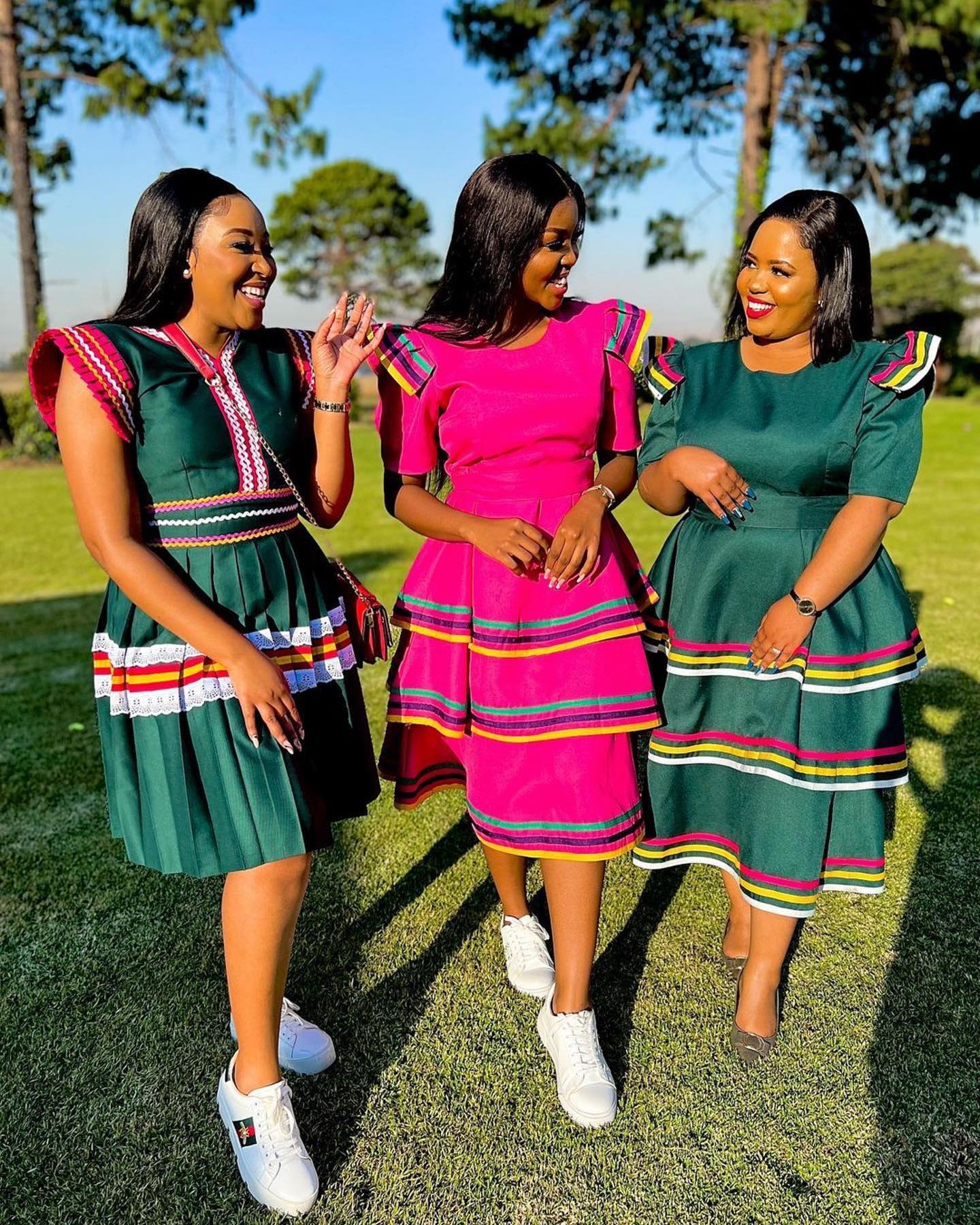
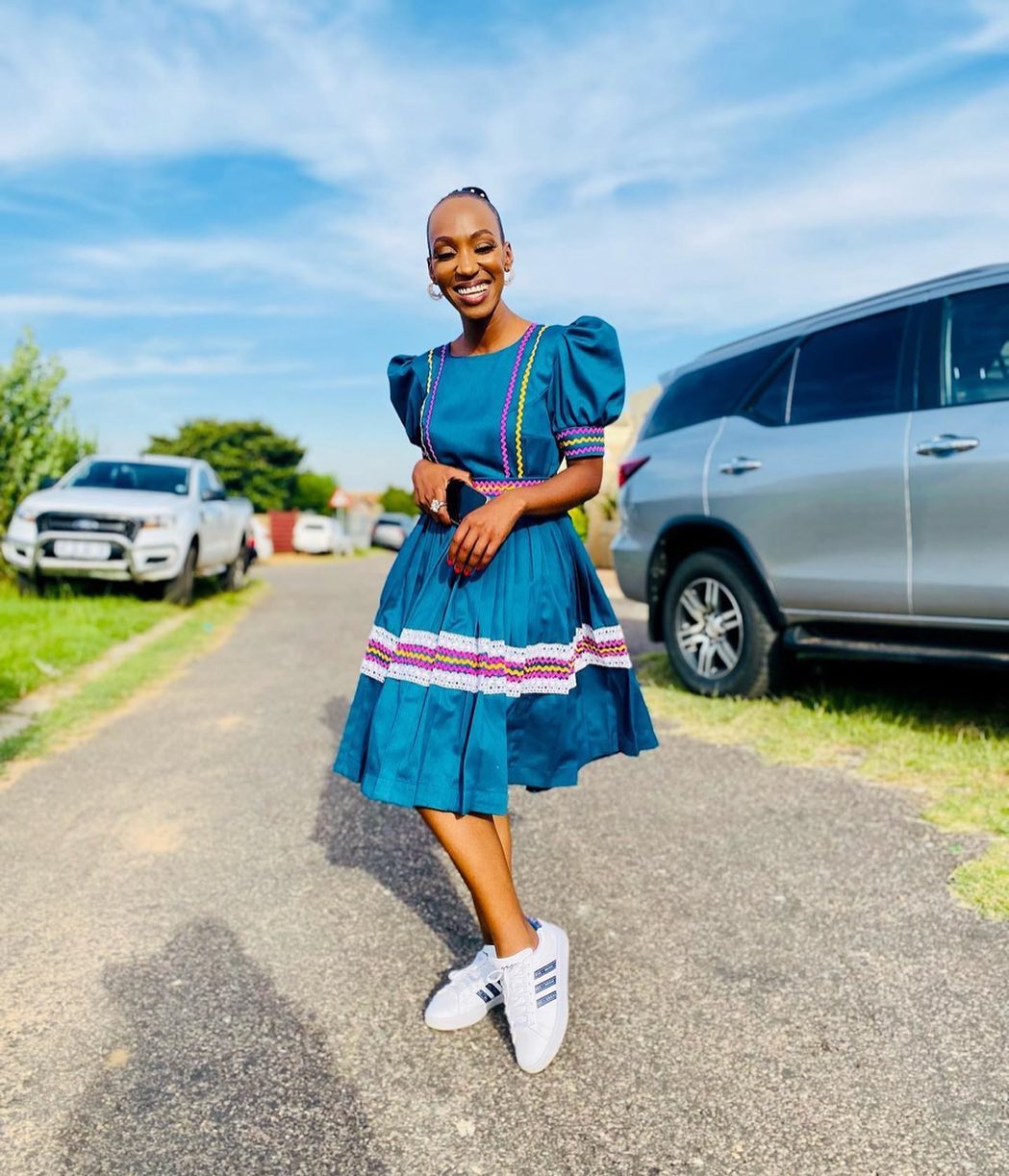
Modern Influences on Sepedi Traditional Attire
Discussion on how modern fashion trends have impacted Sepedi traditional clothing
Sepedi traditional attire is known for its vibrant colors and intricate patterns that represent the rich cultural heritage of the Sepedi people. However, in recent years, modern influences have started to shape the way traditional attire is designed and worn.
One noticeable change is the use of more contemporary colors in Sepedi clothing. While traditional colors like red, black, and white still dominate, designers are incorporating hues like blue, green, and purple to cater to the evolving tastes of the younger generation. This infusion of new colors adds a fresh and energetic vibe to the traditional attire.
Another modern influence is the integration of unique patterns and designs that reflect current fashion trends. Traditional prints are being combined with modern elements such as geometric shapes or floral motifs, creating a fusion of traditional and contemporary aesthetics. This allows individuals to express their personal style while still paying homage to their cultural roots.
Additionally, advancements in fabric technology have made it easier to create more versatile and comfortable Sepedi attire. Traditional fabrics like cotton and silk are now being blended with synthetic fibers to enhance durability and ease of maintenance. This makes it more convenient for people to wear their traditional attire on various occasions without compromising comfort or convenience.
In summary, modern influences are revitalizing Sepedi traditional attire by introducing new colors, patterns, and fabric options. These adaptations ensure that this beautiful cultural heritage remains relevant in an ever-changing fashion landscape while still preserving its core essence.
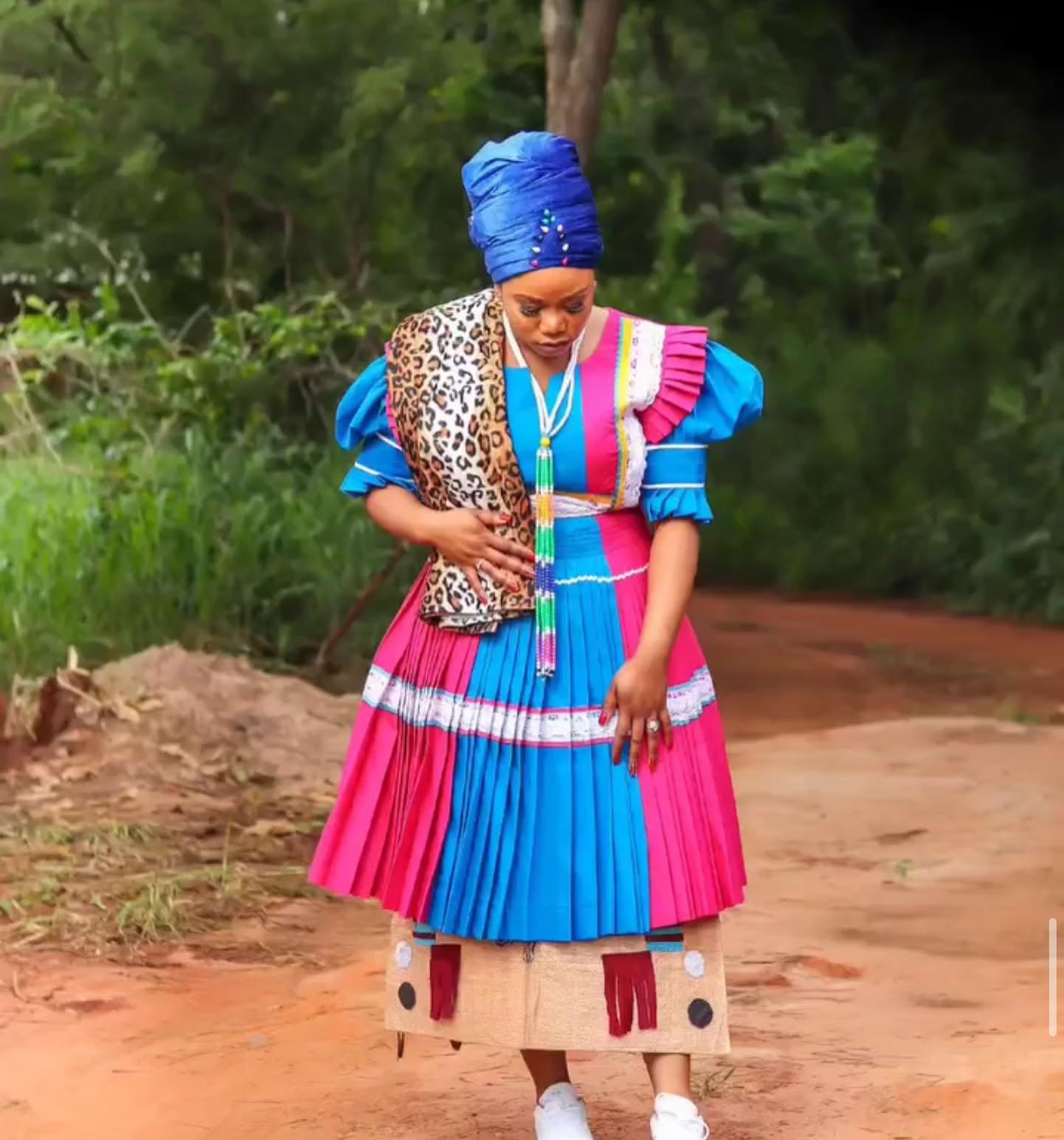
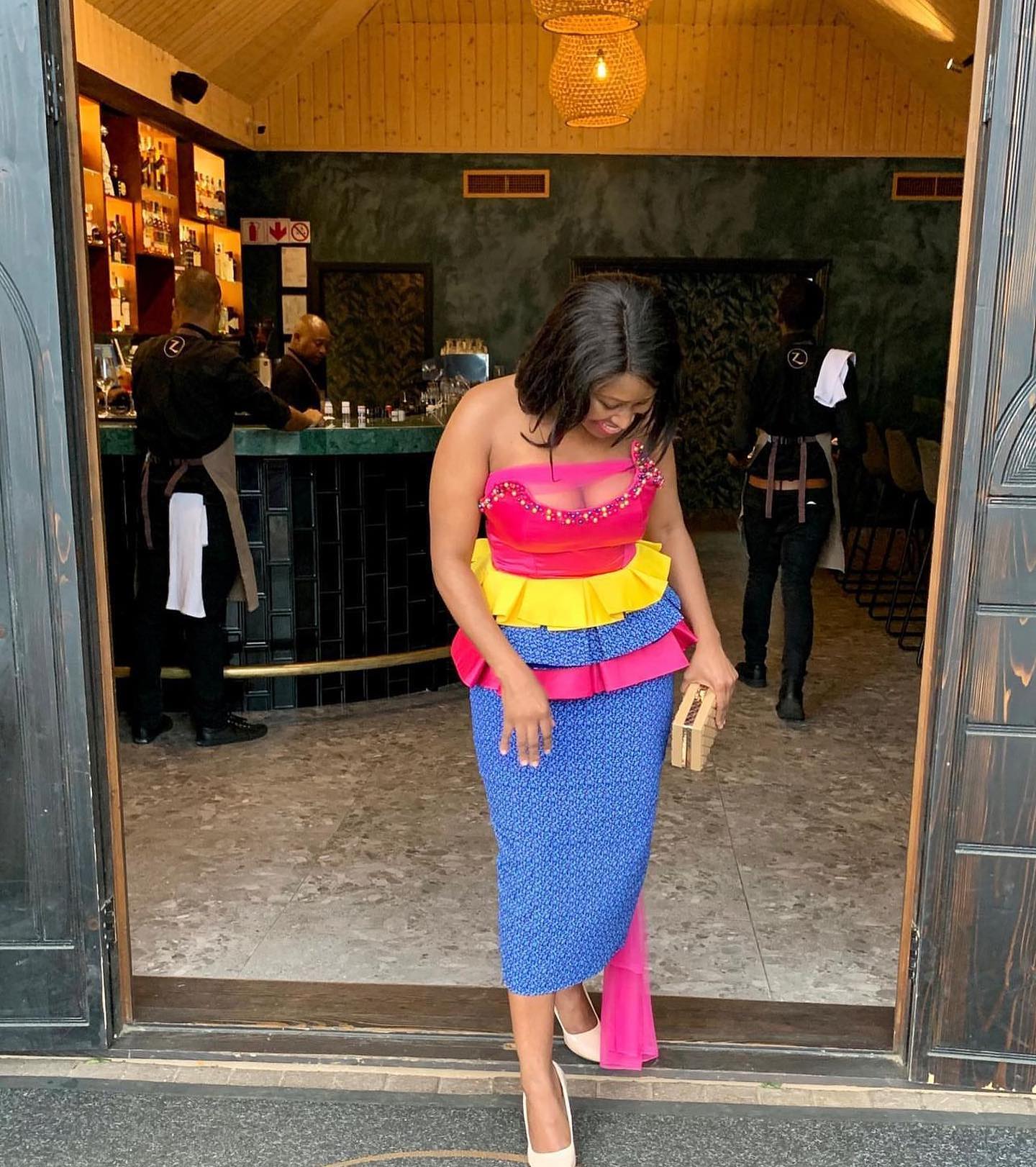
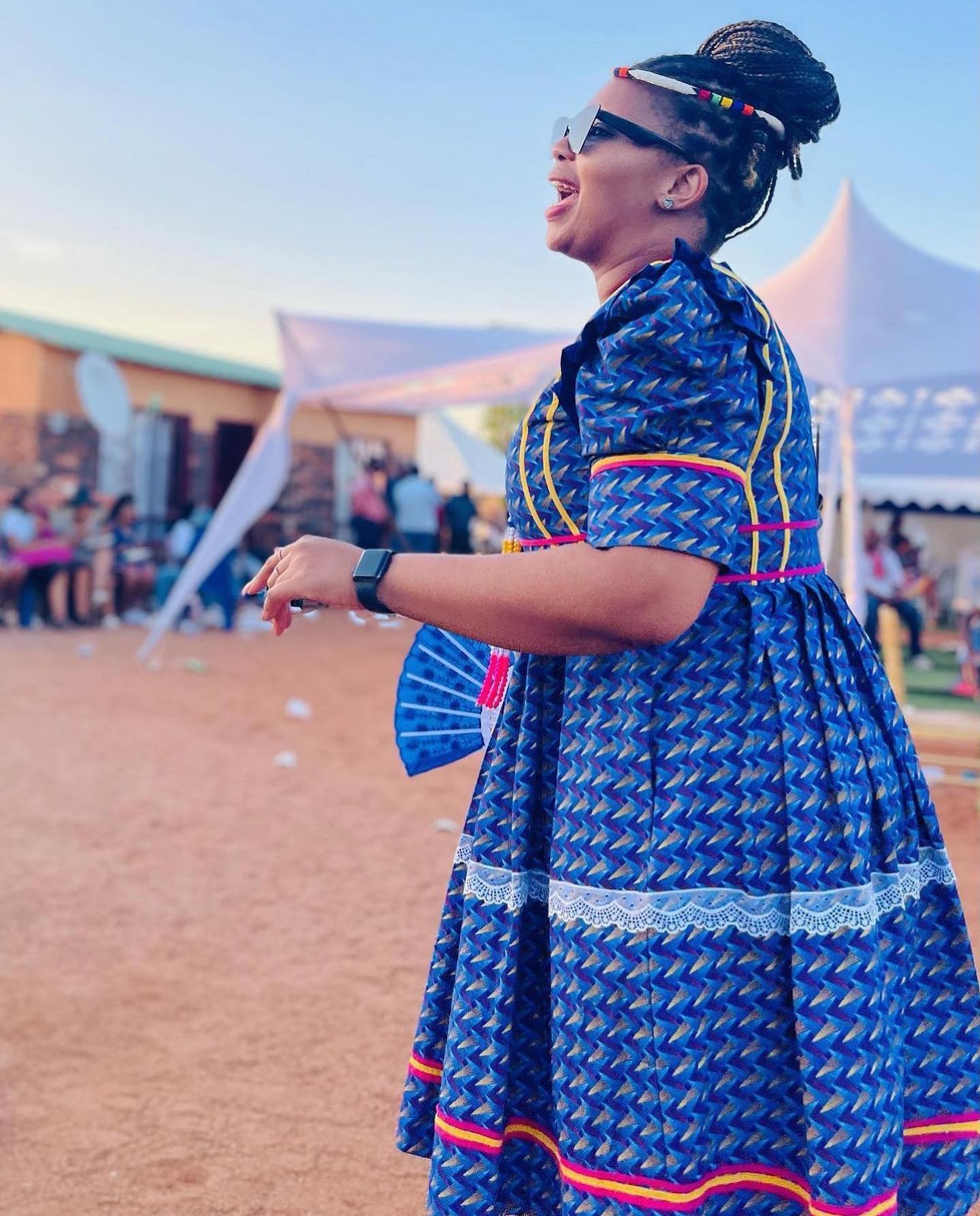
Preservation and Evolution of Sepedi Traditional Attire
Sepedi traditional attire is a vibrant reflection of the rich cultural heritage of the Sepedi people in South Africa. The colors and patterns used in their clothing play a significant role in preserving and promoting this tradition.
Efforts to preserve and promote the heritage of Sepedi traditional clothing
The Sepedi community has been proactive in ensuring the preservation and evolution of their traditional attire. Efforts such as cultural festivals, fashion shows, and exhibitions showcase the beauty and significance of Sepedi clothing.
Colors like red, symbolizing love and passion, and yellow, representing wealth and fertility, are commonly seen in Sepedi traditional attire. These colors not only add visual appeal but also hold deep cultural meanings.
Patterns on Sepedi clothing often feature geometric designs or motifs inspired by nature, such as animals or plants. These patterns tell stories and convey messages about cultural beliefs, history, and spirituality.
Modern influences have also played a role in the evolution of Sepedi traditional attire. Contemporary designs incorporate elements from Western fashion while still staying true to the essence of Sepedi culture.
By celebrating and embracing their traditional attire, the Sepedi people continue to pass on their cultural heritage to future generations. The colors and patterns of Sepedi traditional attire serve as a powerful symbol of identity, pride, and unity within the community.
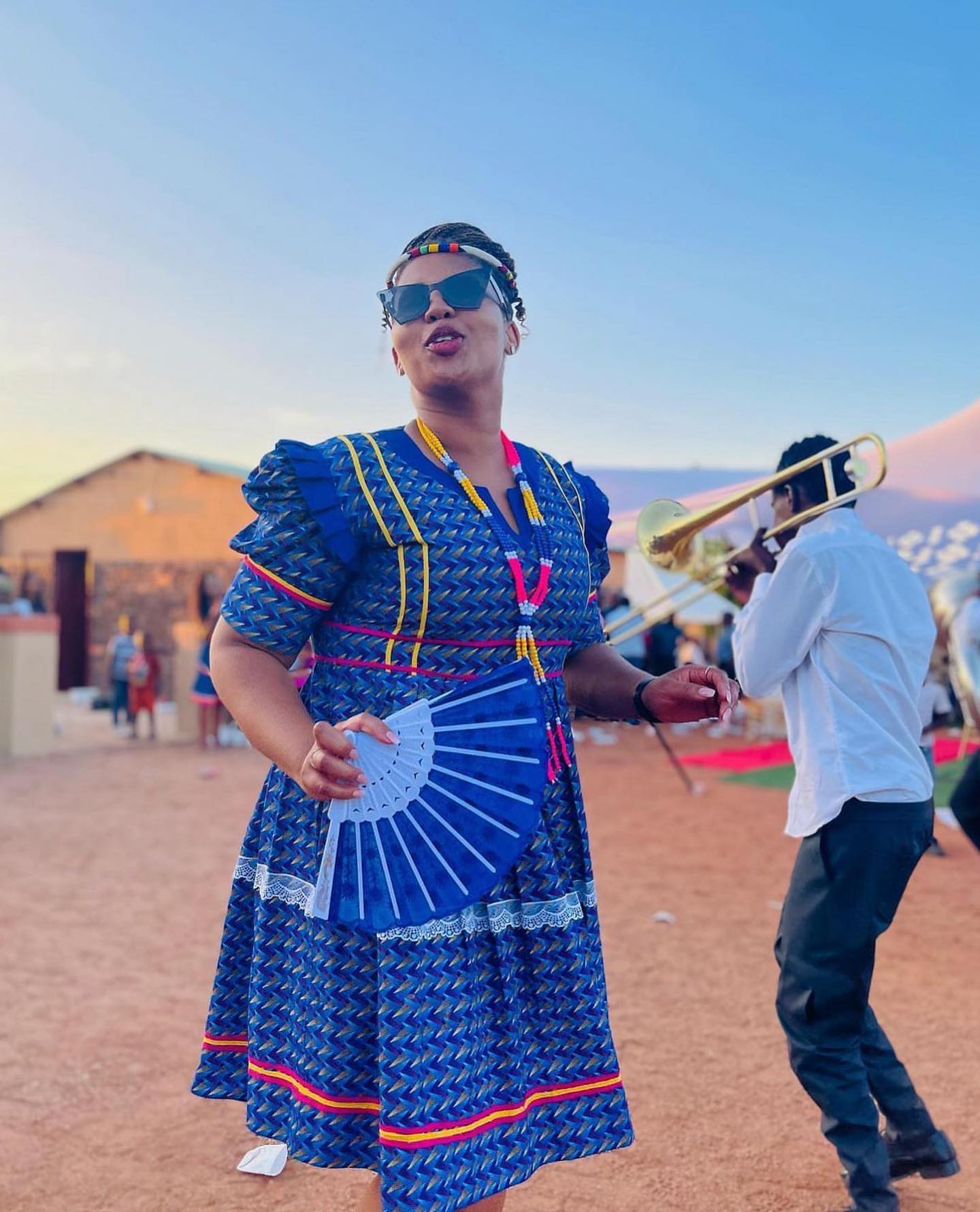
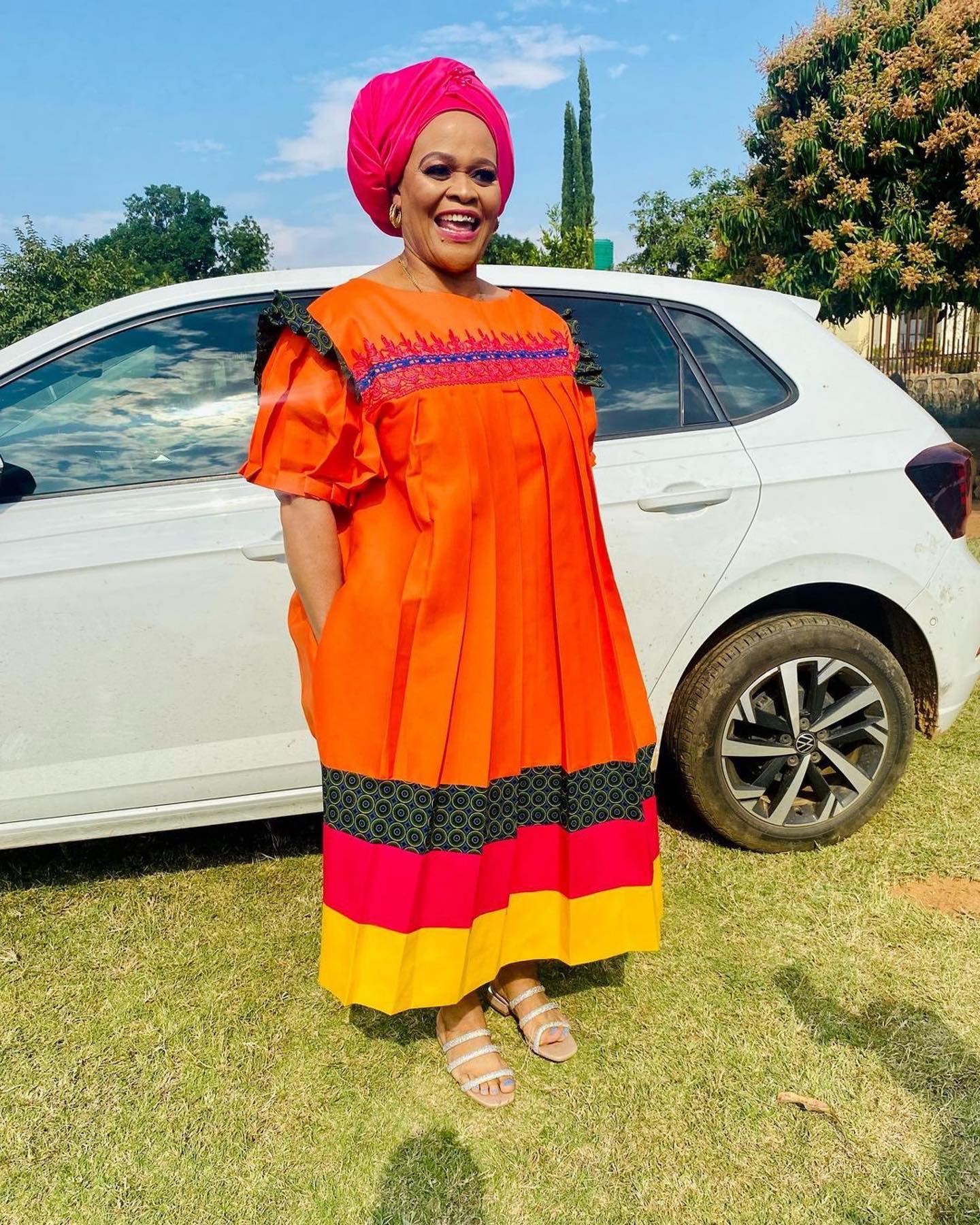
Conclusion
In conclusion, Sepedi traditional attire is a beautiful and culturally significant form of clothing. Its vibrant colors and intricate patterns reflect the rich heritage of the Sepedi people. By wearing and appreciating Sepedi traditional attire, individuals can honor and celebrate this important aspect of their culture. Whether for special occasions or everyday wear, Sepedi traditional attire is a unique and meaningful choice.
Appreciation of the beauty and cultural significance of Sepedi traditional attire
Sepedi traditional attire is known for its stunning colors and intricate patterns that hold deep cultural significance. The vibrant colors, such as red, blue, yellow, and green, are chosen to represent different aspects of Sepedi culture and traditions. Additionally, the patterns found in Sepedi traditional attire often tell stories or symbolize important events and beliefs. By wearing Sepedi traditional attire, individuals can showcase their pride in their heritage and contribute to the preservation of their cultural identity.
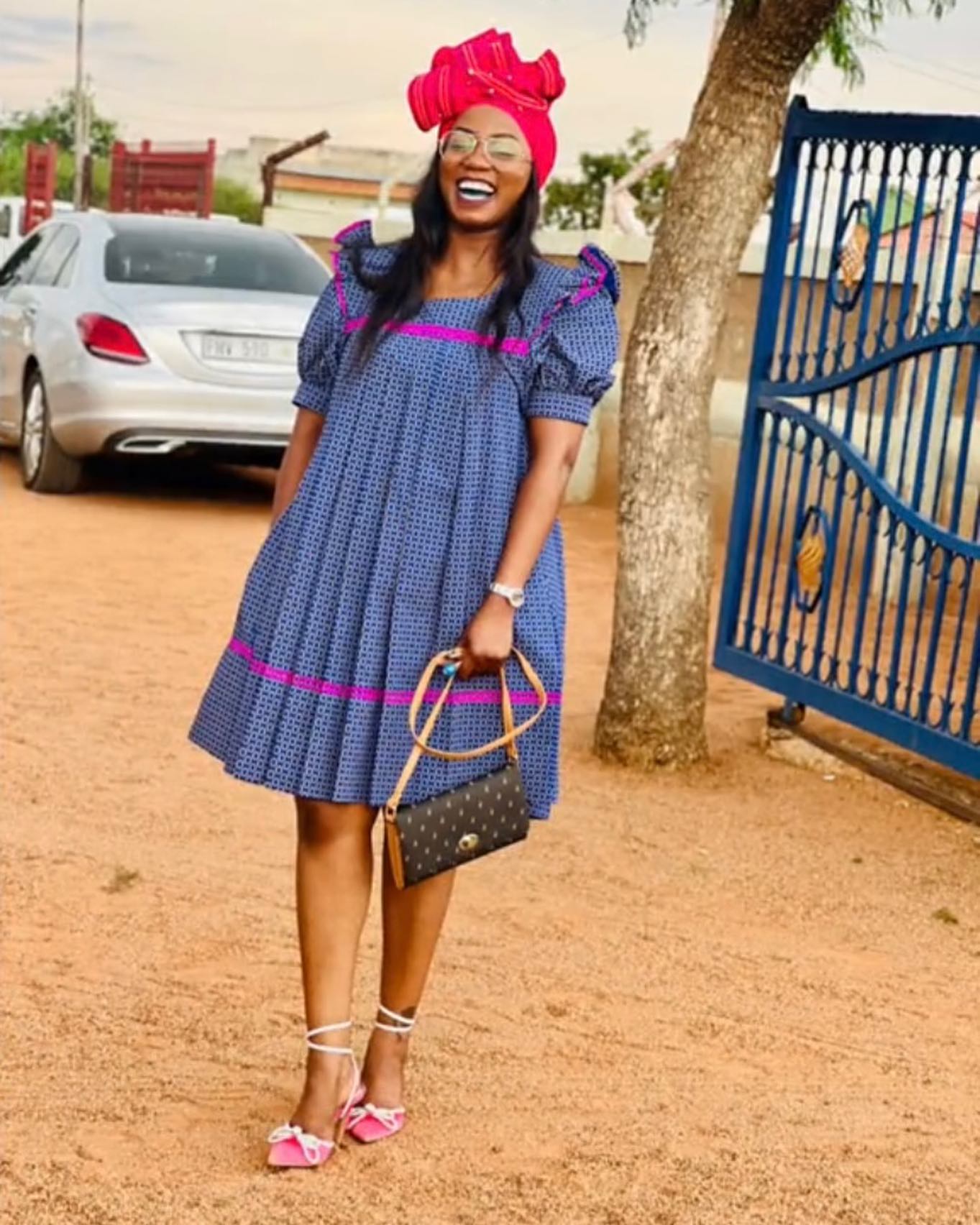
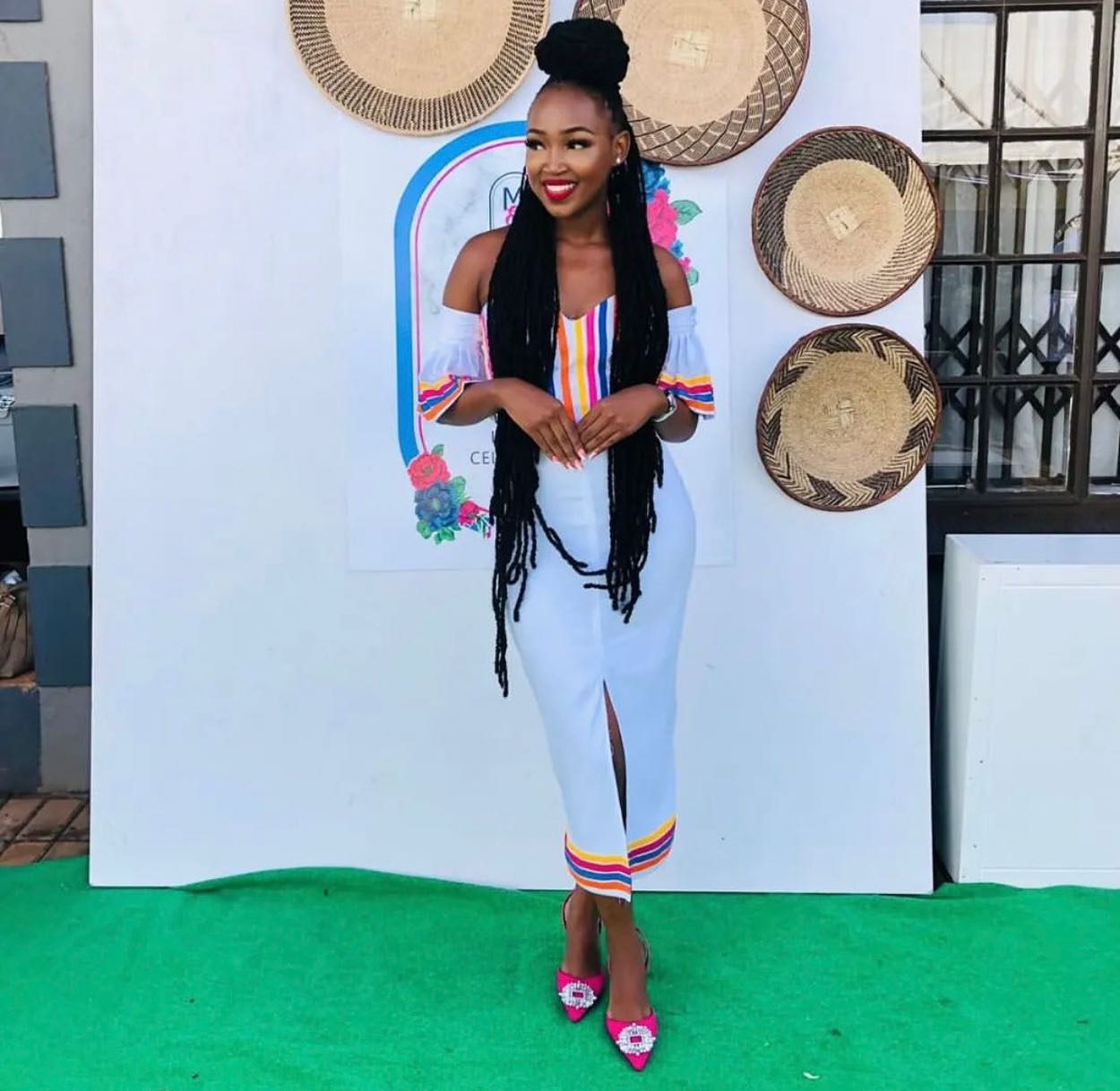
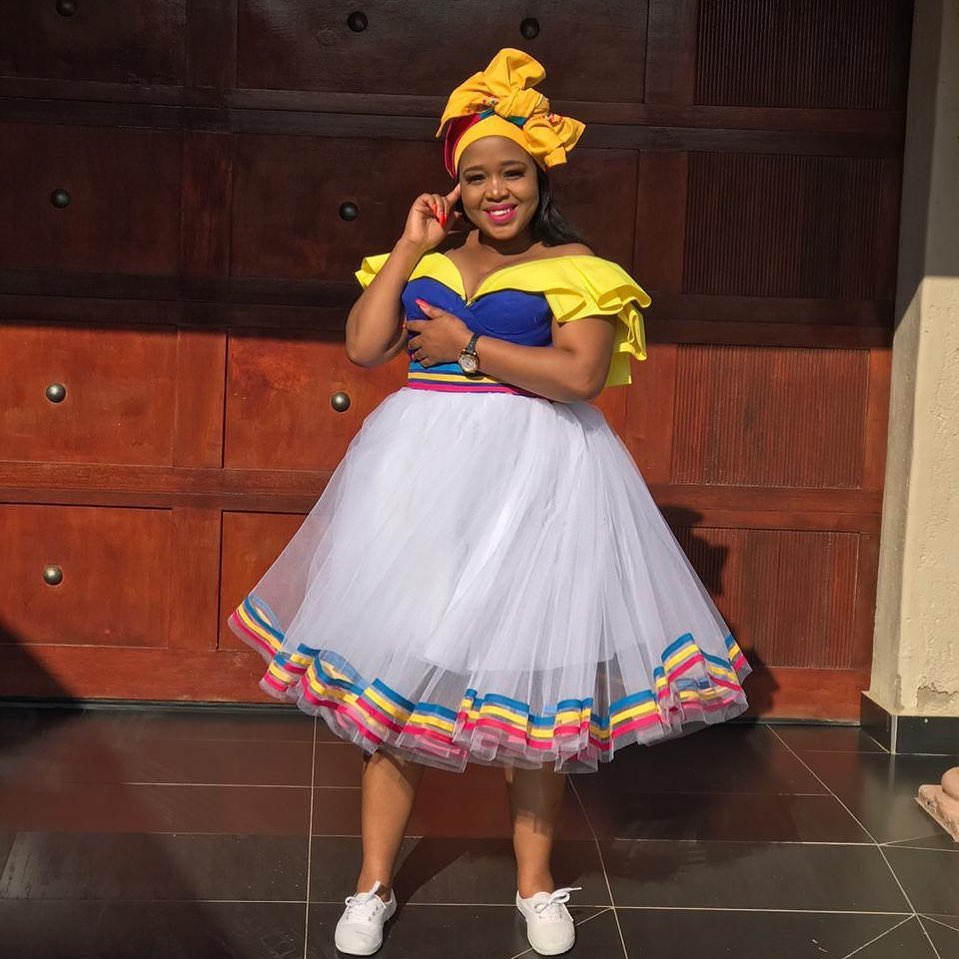
FAQ (Frequently Asked Questions)
Q: Can I wear Sepedi traditional attire for special occasions?
A: Absolutely! Sepedi traditional attire is commonly worn for weddings, funerals, festivals, and other significant cultural events. It adds a touch of elegance and authenticity to any special occasion.
Q: Where can I purchase Sepedi traditional attire?
A: You can find a variety of options for purchasing Sepedi traditional attire at local markets, craft fairs, or specialized boutiques that specialize in African clothing. Online platforms and websites dedicated to African fashion may also offer a selection of Sepedi traditional attire.
Q: Can I incorporate elements of Sepedi traditional attire into my everyday wardrobe?A: Yes! Many people choose to incorporate elements of Sepedi traditional attire into their everyday wardrobe as a way to showcase their cultural pride. This can include wearing accessories such as beadwork or incorporating patterns and colors inspired by Sepedi traditional attire into contemporary clothing styles.
Q: How can I learn more about the cultural significance of Sepedi traditional attire?A: To learn more about the cultural significance of Sepedi traditional attire, consider consulting with local experts, visiting museums or cultural centers, or engaging with online resources that provide insights into Sepedi culture and traditions. Additionally, attending cultural events and festivals can offer firsthand experiences and opportunities to connect with people who can share their knowledge and personal stories.
Comments are closed.